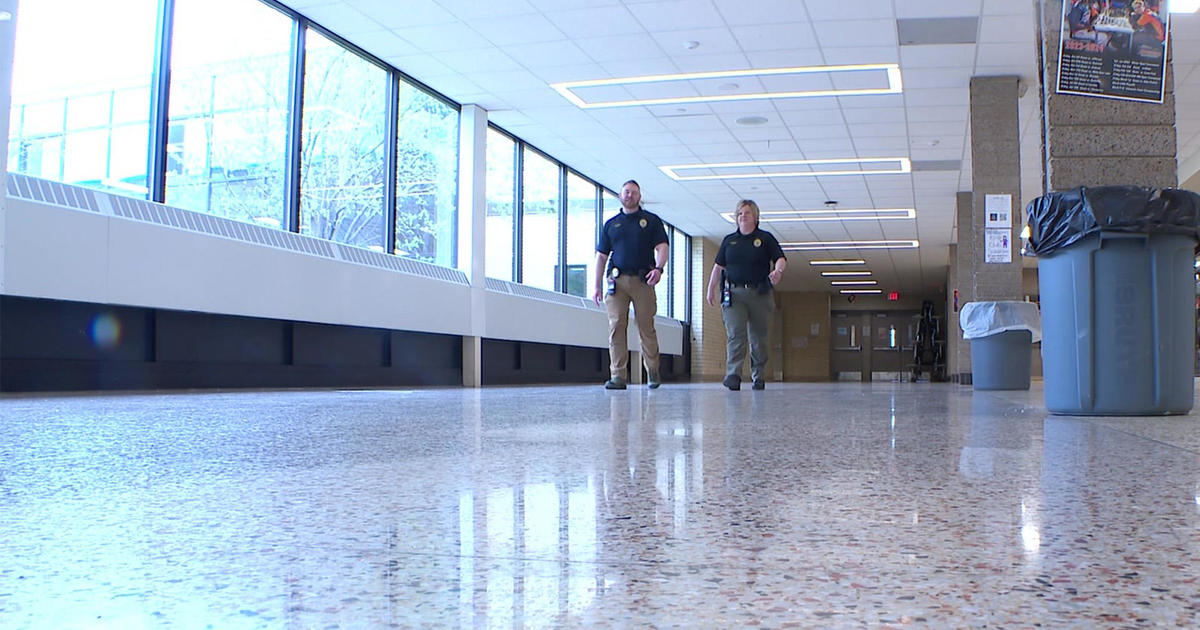Good Question: 'Reply All': Sandbags, Radar & Confiscated Fish
MINNEAPOLIS (WCCO) -- The forecasts are not looking good. Widespread flooding is predicted this spring.
It got Jon Anderson from Eden Prairie wondering: Why don't cities keep their sandbags from the previous year?
Actually, a lot of cities do keep unused sandbags in storage.
The City of Fargo told us they currently have 750,000 shrink-wrapped sandbags in reserve. Volunteers filled them during the 2011 floods, a seven-day effort, but they weren't used, so the city kept them.
Moorhead has 400,000 in storage.
However, it's quite an effort to keep sandbags, you have to have the storage space to do it. Most cities just don't have it.
Used sandbags are a different deal. Because of all the junk in flood water -- sewage, bacteria, fertilizer -- it's not sanitary to keep them around. They go to landfills.
As we get ready for the springtime fishing season, Lois from Willmar saw our story about fisherman who were over their limit and got busted by the DNR. But what happens to the confiscated fish?
The DNR gives the fish to nonprofit organizations or to people in need.
The law states that the confiscated fish can be used for consumption, just not by the person who went over the limit.
Love this question from Bill Byrnes: Why don't airplanes ever show up on live weather radar?
I asked WCCO-TV meteorologist Lauren Casey and she said that part of the answer is the way radar works and part of it is the software behind radar displays.
As for how radar works: It looks for targets that are 10 times smaller than the radar wave. The radar seeks small stuff -- tiny droplets of water or snow.
As for the display: A mathematical algorithm is applied to remove things like swarms of insects or flocks of birds that are detected.



